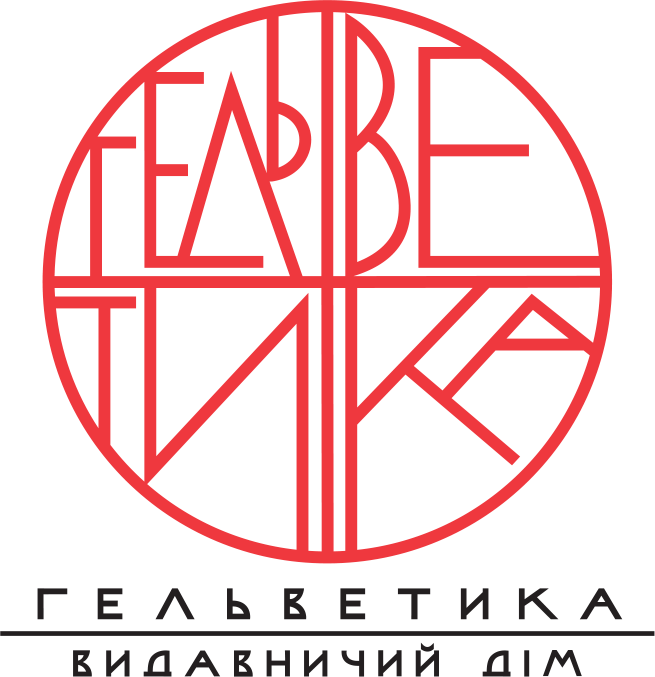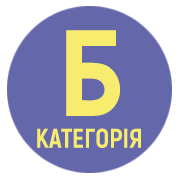PRINCIPLES AND NORMS OF DIDACTIC DESIGN USING THE EXAMPLE OF UKRAINIAN EDUCATIONAL SITES «NA UROK», «PROMETHEUS», «EDERA»
DOI:
https://doi.org/10.32782/uad.2024.6.7Keywords:
didactic design, online education, interactivity, personalization, educational platforms, “To the lesson”, Prometheus, Ed EraAbstract
The article examines the basic principles and norms of didactic design using the example of popular Ukrainian educational platforms such as “Na UROK”, Prometheus and EdEra. The key aspects of creating effective educational resources are considered, including accessibility, interactivity, personalization, visual appeal and user motivation. The study focuses on the importance of accessibility of educational materials for different categories of students, in particular those with limited opportunities or different levels of basic knowledge. It is emphasized that interactive elements such as tests, video lessons, simulations and tasks with automatic verification help make the learning process more dynamic and exciting.Personalizing learning is considered an important component that allows you to adapt the content of courses to the individual needs of each student. Particular attention is paid to the issues of visual appeal, which helps to retain users' attention, as well as motivation, which ensures long-term involvement in the learning process. The article analyzes modern research in the field of didactic design, which made it possible to assess the impact of these principles on the effectiveness of learning.By considering practical examples from the work of the platforms “To the lesson”, Prometheus and EdEra, it is demonstrated how the integration of these principles contributes to the formation of high-quality educational content that meets the challenges of modern education. It also emphasizes promising areas for improving educational resources taking into account new technologies and user needs, including the introduction of artificial intelligence, gamification and mobile applications.
References
Биков В. Ю. Технології відкритого навчання в цифровій освіті. Київ : Наукова думка, 2018. 110 c.
Григоренко Л. Я. Інклюзивне навчання в Україні: нові підходи. Київ : Педагогічна думка, 2021. 170 c.
Гнатенко, Л. В. Tехнічні аспекти розробки освітніх сайтів. Харків : Вища школа, 2021. 150 с.
Гордієнко С. В. «Педагогічний дизайн: інноваційні підходи до створення навчальних курсів». Львів : Вища школа, 2021. 250 с.
Кузьмінський О. М. Дидактичний дизайн у контексті сучасної освіти. Київ : Нова школа, 2014, 198 с.
Сидорова О. А. «Дидактичний дизайн в освіті: теоретичні та практичні аспекти». Київ : Літературний центр, 2022. 148с.
Сухомлинська О. В. Дидактичний дизайн: теорія і практика. Львів : Світ, 2017. 215с.
Keller J. M. An integrative theory of motivation, volition, and erformance. Technology, Instruction, Cognition, and Learning, 2008. 6(2). 79–104
Mayer R. E. Multimedia Learning. Cambridge: Cambridge University Press. 2009.
Horton W. E Learning by Design. San Francisco: Pfeiffer. 2012.



